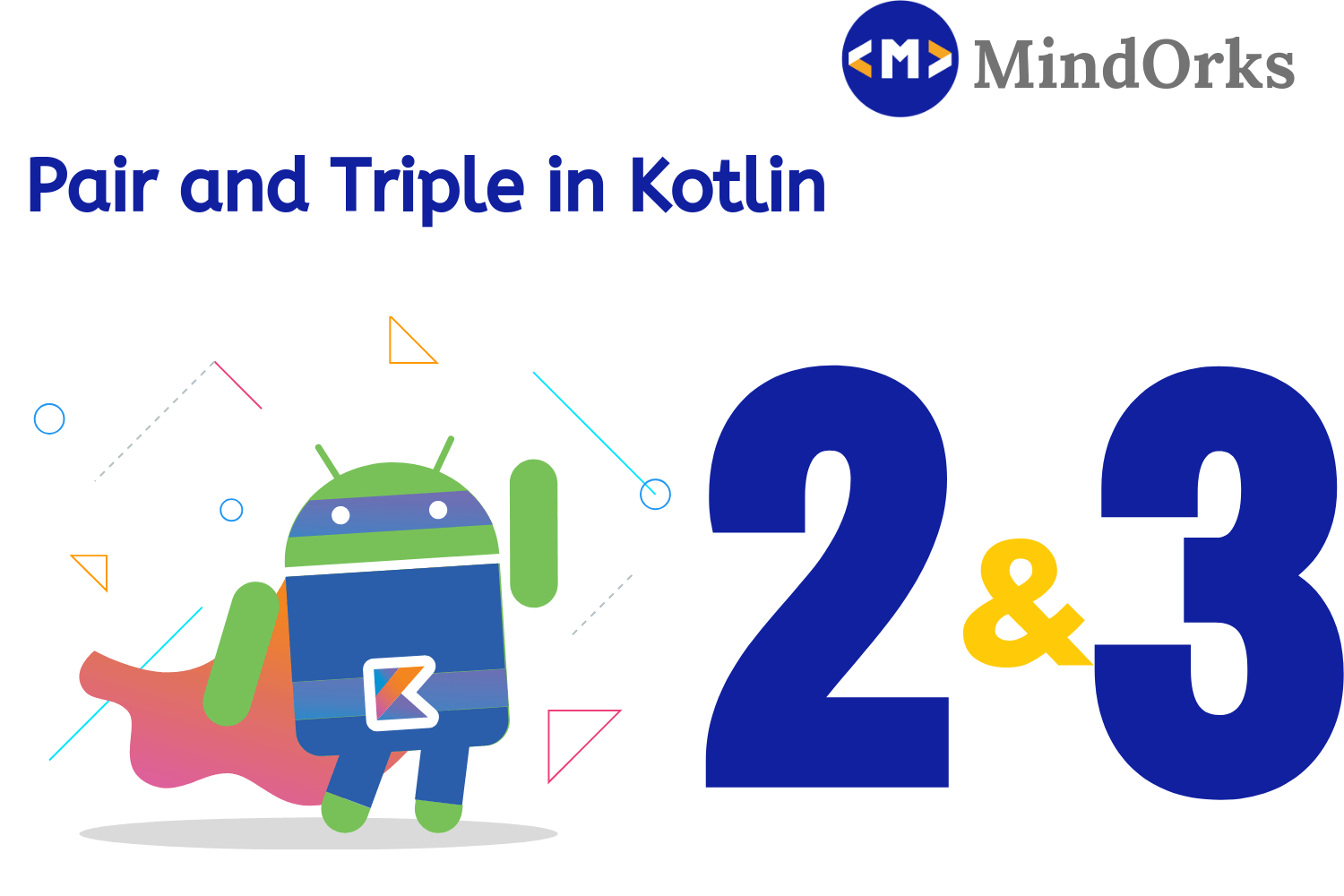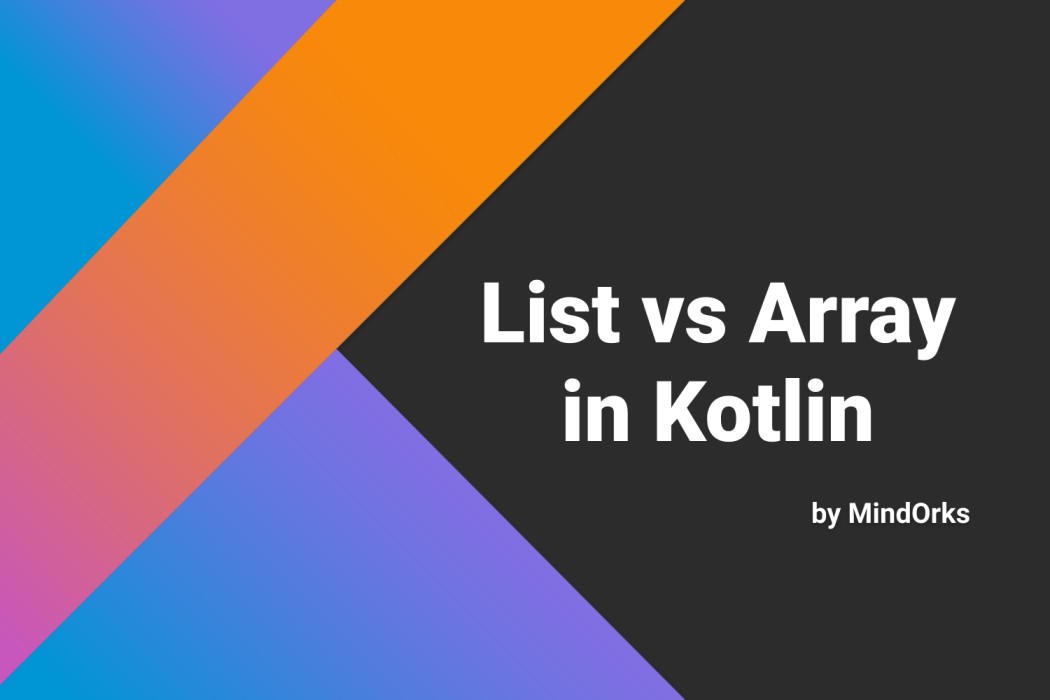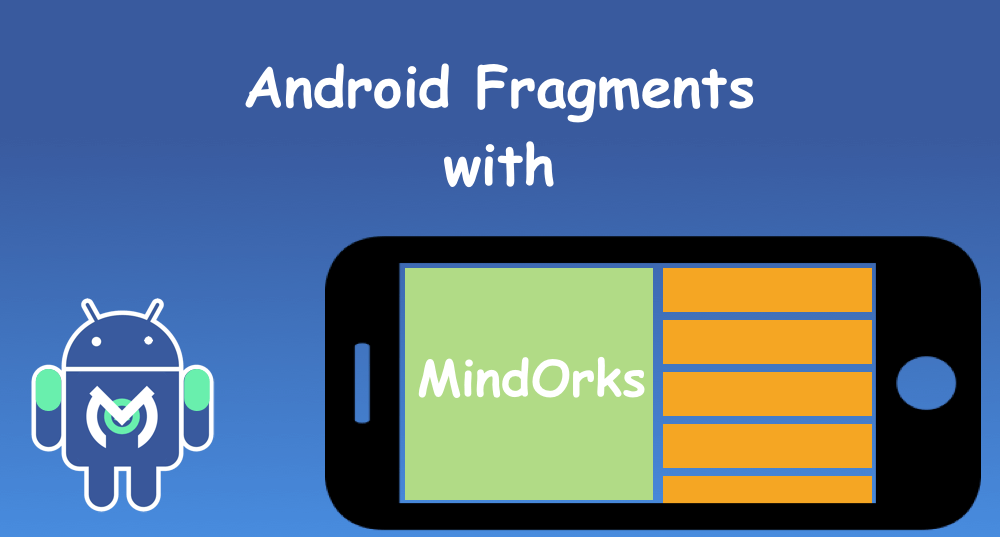Pair and Triple in Kotlin

In any programming language, we use functions to perform a particular activity. For eg. , if you want to add the details of students of a college then instead of writing the same lines of code a number of times, you can use the concept of a function . And after that, you can call that function as many times as you want. Also, the best part of the function is that a function can return some value i.e. if you are having a function to add two numbers then the return value of that function can be a number of integer type having the sum of both the entered numbers.
But functions has some limitations also(when used normally). Think of a situation, where you want the name and age of a particular student of a college, then if you want to use the function approach then you can return only one value at a time. If you want to return more than one value for different data type (in our example, name is of string type, while age is of type integer), then you have to make use of dummy class where you can declare all the variables that you want to return from the function and after that make an object of the class and collect the returned value in some List.
But the problem here is that if you are having so many things to do i.e. so many functions to work on which returns more than one value then you have to make a separate class for all those functions and finally use that class. This will be a very complex and lengthy approach.
To deal with these type of situations, Kotlin introduced the concept of Pair and Triple . With the help of Pair and Triple you can return more than one value(two in case of pair and three in case of the triple) of different data types.
So, in this blog, we will learn how to use pairs and triples in Kotlin. So, let’s get started.
Pair
Pair is a predefined class in Kotlin that is used to store and return two variables at a time. Those two variables can be of the same type or of a different type. So, whenever you want to return more than one variable from a function then you can use Pair in your function. But how to use Pair ? Let’s have a look at how to use Pair in Kotlin:
Pair ("Hello", "Kotlin") // here both the variables are of type string
Pair ("Kotlin", 1) // here 1st variable is of type string and other is type of integer
Pair (2, 20) // here both the variables are of integer typeYou can use pair as described above. Also you can define some variable and then pass that variable in the Pair. Following example shows the same:
val variable1 = "Declaring String variable"
val variable2 = 1 // declaring integer value
Pair (variable1, variable2) // using declared variable in Pair classUsing first and second property
In order to retrieve the values stored in the Pair, we can use the first and second property of the Pair class:
val variable1 = "Declaring String variable"
val variable2 = 1 // declaring integer value
val variableName = Pair (variable1, variable2) // using declared variable in Pair class
println(variableName.first) // will print the value of variable1
println(variableName.second) // will print the value of variable2Also, you can assign the variables of the Pair to another variable and use those variables like below:
val(firstVariable, secondVariable) = Pair("Hello", 1)
println(firstVariable)
println(secondVariable)Infix
In kotlin, we can use easily destructure the variable declaration using to infix function.
fun getWebsite() : Pair<String, String> {
return "www.mindorks.com" to "the Website is"
}
and declare the getWebsite() function as,
val (url: String, website: String) = getWebsite()// print(url)//print(website)toString() function
toString() is a function that is used to convert the variables of the pair into string and use that variables as string.
val variableName = Pair (variable1, variable2) // using declared variable in Pair class
print(variableName.toString())toList() function
toList() function converts the Pair variable in form of List i.e. you can use the Pair variables just like List items.
val variable1 = "Declaring String variable"
val variable2 = 1 // declaring integer value
val variableName = Pair (variable1, variable2) // using declared variable in Pair class
val list = variableName.toList()
println(list[0]) // this will print the value of variable1
println(list[1]) // this will print the value of variable2Triple
Triple is another predefined class in Kotlin. With the help of Triple class in Kotlin, you can return 3 variables of same or different type from one function. Also, you can use Triple class to store 3 variables of same or different type.
The use of Triple is the same as that of Pair in Kotlin. Following example shows the use of Triple in Kotlin:
val variable1 = "Declaring String variable"
val variable2 = 1 // declaring integer value
val variable3 = "Declaring second string value"
val variableName = Triple (variable1, variable2, variable3) // using declared variable in Triple class
println(variableName.first) // will print the value of variable1
println(variableName.second) // will print the value of variable2
println(variableName.third) // will print the value of variable3Also, there are functions like toString() and toList(), that can be used in Triple also, in the same manner as used in the Pair. Following example shows the use of toString() and toList() in Triple:
val variable1 = "Declaring String variable"
val variable2 = 1 // declaring integer value
val variable3 = "Declaring second string value"
val variableName = Triple (variable1, variable2, variable3) // using declared variable in Triple class
println(variableName.toString())
val list = variableName.toList()
println(list[0]) // prints the first element of the list or variable1
println(list[1]) // prints the second element of the list or variable2
println(list[2]) // prints the third element of the list or variable3Summary
So, in this blog, we learned how to use the Pair and Triple class in Kotlin. We saw that if we want to return more than one variable from the same function then we can use Pair (in case of two variables) and Triple (in case of three variables). Also, the returned variables of the Pair and Triple class be of same type or different type. If you want to return more than three variables then you have to still apply the same approach as used before i.e. create a class, declare the variables and use the variables by making an object of that class.
So, that’s it for this blog.
Keep Learning :)
Team MindOrks!






